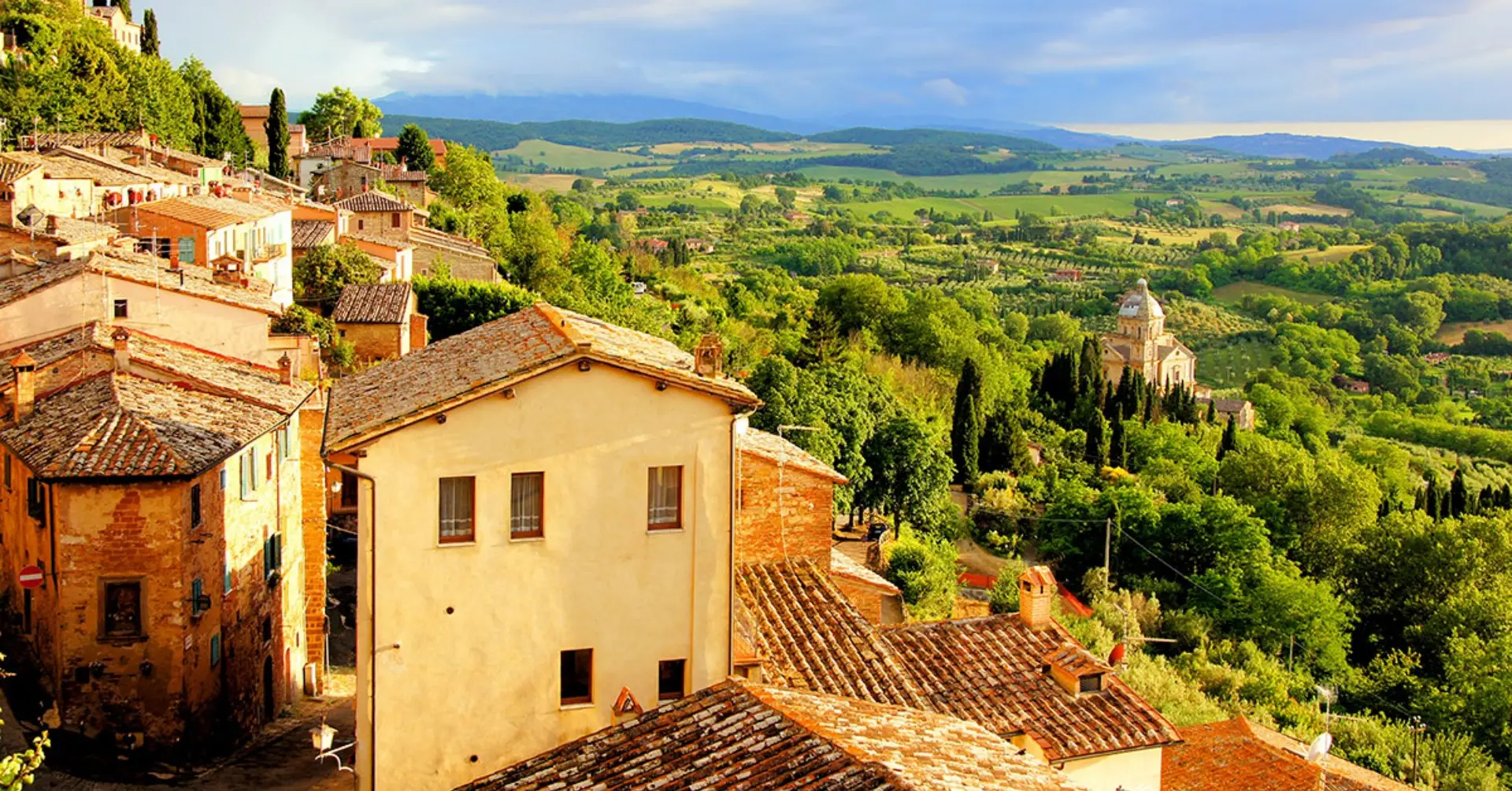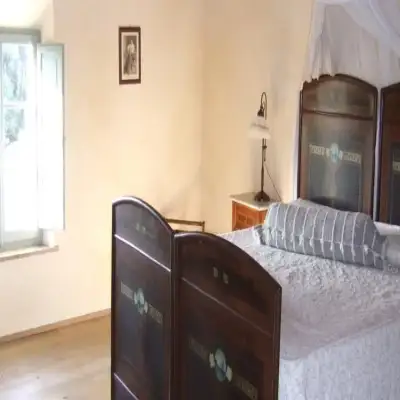
Boutique Hotels in Montepulciano
Others are better known – like San Gimignano, a village-turned-city-state that bristles with defensive towers. But San Gimignano is a victim of its own picturesqueness, too small to cope with the sheer volume of visitors that descend on it every summer. Or there's pretty Cortona – once a cultured off-the-beaten-track destination in Tuscany's south-eastern corner, now a mainstream coach-tour magnet, thanks to its association with the book (and later the film) Under the Tuscan Sun, whose author, Frances Mayes, has a house nearby.
Montepulciano is not exactly undiscovered, but it's below the radar enough and big enough (with a population of almost 15,000) to absorb its visitors gracefully, without becoming a tourist souk. Standing imperious on its high tufa ridge, Montepulciano seems to have been positioned by a landscape painter and laid out by a designer of Renaissance opera sets. It has one of the most intact and architecturally unified historic centres of any Italian town: within its walls, apart from a few nips and tucks, no major building work has taken place since 1580. It has some good restaurants serving hearty southern Tuscan fare, one or two rustically elegant places to stay, and it makes one of Tuscany's most serious, full-bodied red wines. But the town also has a certain reticence about it, a private side to its character, that I find fascinating. Because if a Tuscan town is too easy, too eager to be liked, it's not properly Tuscan.
Just like the locals, Montepulciano is courteous but reserved. Indeed in winter, or under a louring grey sky, it can even feel a little dour: along the Corso, the main street that winds up to scenographic Piazza Grande at the town's summit and centre, tall green-shuttered medieval houses rise like cliffs on either side, and the piazza itself – big as a football pitch, surrounded by solemn Renaissance palazzos, the crenellated Gothic town hall and the rough, unfinished brick façade of the Duomo – can feel beautiful and unsettling at the same time.

